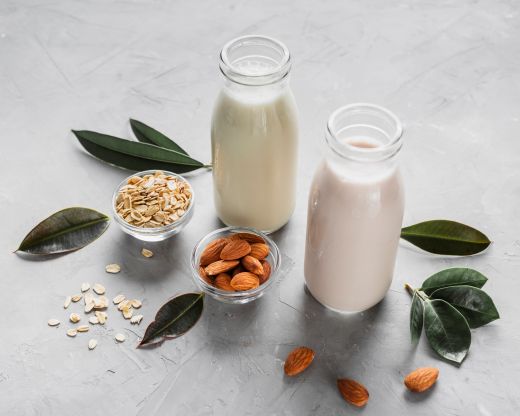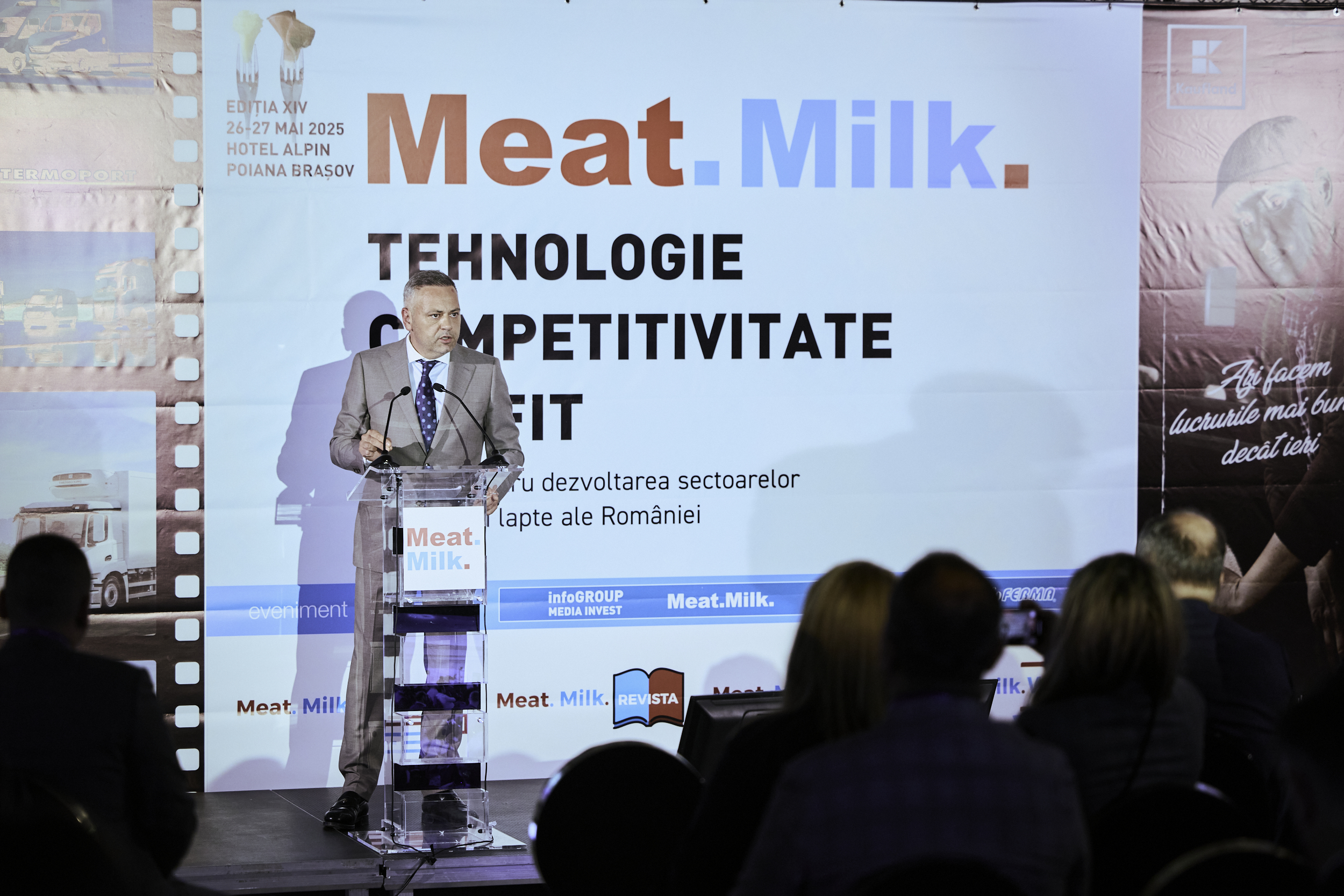
(Author: Ioan Serbanescu) Among the most important liquid components present on the meat technological flow, water and liquid smoke stands up. If water does not leave any moment the chain, allowing her to swing only in terms of quantity and composition, liquid smoke comes as one of the finish "design", pointing (conditionally and mandatory) including over the quality and appearance of products. Water retention capacity It represents the force with what the meat proteins keep, under the action of external agents (in addition to its own water) part of the water added during processing. Distribution in muscle tissue varies depending on its chemical components. Approximately 70% of the total water is contained by myofibrils, 20% by sarcoleme and 10% in the intracellular space. Water-binding capacity depends on: - Species (beef has a water holding capacity less than pork); - Sex (in the cattle family, beef has values of water holding capacity greater than the bull); -Age (young animal meat has a higher binding capacity); - Fattening status: meat obtained from animals with a mean fattening state has the highest water retention capacity, with the two known extremes (low and high fat animals); - Type of muscles: white muscles have a greater binding capacity than the red muscles; -Fresh meat: fresh meat is the most capable in binding meat; - Technological methods: retention capacity is favored by freezing, thawing, freeze-drying, heat treatment, addition of substances (sodium chloride and various polyphosphates). Hydration capacity is meat feature to absorb (not to retain) water, when coming in contact with this liquid. When it absorbs water, meat expands its weight and volume, improves tenderness and juiciness. In conclusion, it improves the flavoring and cooking meat qualities, resulting in higher quality products. This technology is also influenced by water-binding capacity of the same factors. Sodium caseinate present (3-6%) increases the viscosity of the composition, for example internal friction and temperature increase thermal factors, especially the temperature of composition constituents. When using hot meat is mandatory to add ice flakes or ice water (if shred in the colloidal mill or cutter), and for chilled meat is required the addition of cold water, with a temperature up to 8 degrees Celsius. The addition of cold water for hydration is directly dependent on the amount of meat. As the amount of added water for hydration increases up to a certain limit, increase the adhesion of the product as a result of passing in the electrolyte solution of a large quantity of structural proteins. However, excessive amount of water is responsible for the decrease in ionic strength of electrolyte solution, stagnating the passing of the proteins in the solution. The influence of added water on the product depends on the meat pH, possibly modified by the addition of alkali polyphosphates. Adding water to a hot meat increases water retention capacity while increasing water addition, being similar to the one made when working with matured meat in the presence of NaCl and polyphosphates. For the emulsified meat products, the addition of water is 10%. The fat and the added water do not have to exceed 40% of the sausage product mass. Liquid smoke At present, it is applied more and more smoking in an electrostatic field and smoking with liquid smoke. Liquid smoke is obtained by capturing the medium fraction of the smoke arising from burning sawdust, from which are removed the unwanted compounds (especially those carcinogens). The main effect of liquid smoking process is to improve the taste, due to the smoke components properties and the action of the smoking temperature. It cannot be omitted the appearance improve, because of the specific color that the products get, extended shelf-life (due to antibacterial action of smoke components), as well as antioxidant action. Smoke is not an aerosol formed from a mixture of air with products of the incomplete burning with sawdust. The dispersing agent is the air and the dispersed phase is liquid, solid and gas: solid particles, mists, gases etc. Compared to colloidal solutions, aerosols have a great instability. Their particles have a very intense Brownian motion, coagulating slightly. Strongly dispersed particles of the aerosol are coated with a film as consisting of air molecules, so the penetration of the active smoking constituents inside the product is difficult. The amount and type of chemicals in the smoke (also, the amount of smoke produced when smoking) depends on the type of fuel and the burning conditions. Regardless of the wood use, generally are obtained the following components: liquid water vapor, gases (CO, CO2, H2, CH4, C2H4), alcohols, liquids consisting of a series of acids, tars light, aldehydes, ash, solids, consisting of coal particles (smoke) etc. The antiseptic smoke action is determined by its components and smoking temperature. Most researches attribute the bactericidal action of smoke, to phenols, acids and aldehydes. Phenols are one of the most powerful antibacterial substances in smoke, although in this smoky space there is a minimum content of phenols. Regarding the microorganisms resistance to the action of smoke, most are destroyed after 1-2 hours of smoking. Many of molds resist, also in the smoke. Some mold spores are brought together the sawdust infecting the products, which is why it requires a careful pre-screening of sawdust. The more acidic the environment is, the more the bactericidal action of liquid smoke rises. Of pathogenic bacteria, a low resistance at smoking has tuberculosis bacillus, which is destroyed after two hours of smoking with liquid smoke. (Teodora Chiorean)




